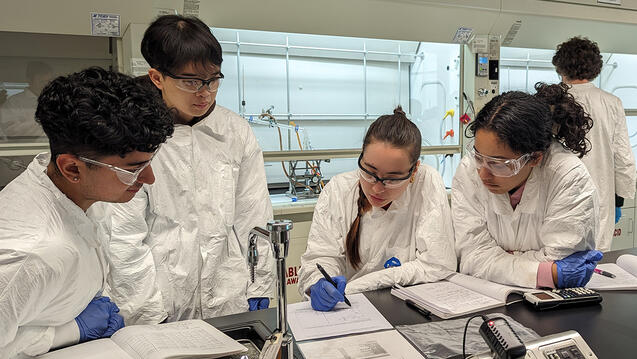Professor Deneb Karentz Attends the Scientific Committee on Antarctic Research (SCAR) in New Zealand
Professor Deneb Karentz presented a co-authored paper entitled: The in-situ transcriptome as a means of understanding species-specific responses during initiation of a spring phytoplankton bloom in Antarctica
Below is the abstract.
The co-existence of many species has long been a central focus and mystery in phytoplankton ecology (Hutchinson’s “paradox of the plankton”). While there are usually numerous phytoplankton taxa present in the water column, their relative abundances shift continually, indicating strong differential abilities to respond to changes in the environment and to compete for resources. We are using a functional genomics approach to identify species-specific molecular indicators of diatom success during the dynamic transition from winter to spring in Antarctica, a period of time that mimics predicted warming trends in local climate. For ten weeks (Sept-Nov), the successional pattern of net plankton diatoms (cells ≥ 20 µm in diameter) was studied in neritic waters of the Antarctic Peninsula (64°49'S 64°02'W). Species abundances were determined by microscopy and temporal changes in gene expression were quantified using next-generation sequencing technology. The biological data were augmented with a suite of measurements tracking seasonal gradients such as increasing day length and light intensity, the springtime ozone depletion cycle, increasing water temperature and decreasing ice cover. Over 60 diatom taxa were observed in the water column (0-60 m) during the study period. Diatom diversity peaked in mid-Oct; however, in early Nov the Corethron pennatum became the dominant species, comprising up to 88% of the net diatom assemblages examined. During this same time period, overall gene expression was highly correlated (r2 = 0.96) to population growth of Corethron and the development of the bloom, creating a unique opportunity to evaluate the in situ transcriptome from practically a monoculture of cells. Examination of specific mRNA sequences has revealed distinct patterns of co-regulation of gene expression related to 1) basic cellular process (e.g., cellular reproduction and bloom initiation), as well as 2) physiological responses to environmental stress (e.g., seasonal changes in temperature, increased UVB from ozone depletion events). The data generated have the potential to provide significant insights to gauge the effects of current and predicted climate change on Antarctic marine phytoplankton communities.


